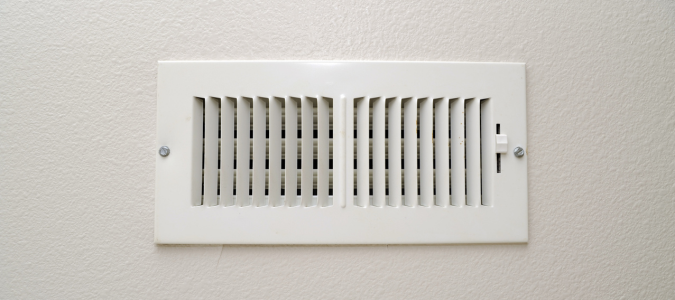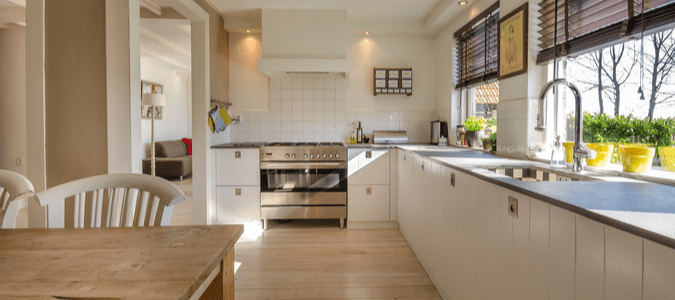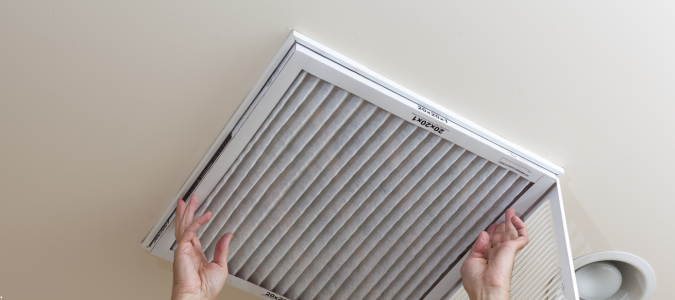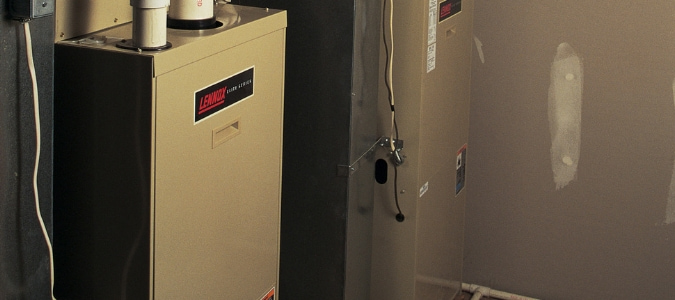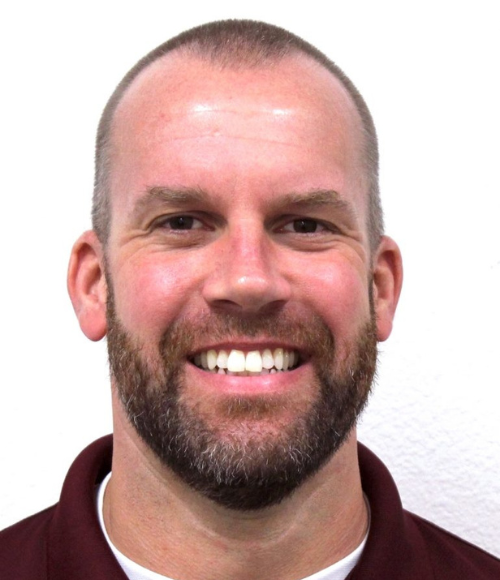Have you ever noticed your furnace kicking on, blowing a hot breeze for several minutes and then turning off? This is called short cycling. In other words, the furnace turns off before reaching your desired temperature.
For instance, you could set your thermostat to 72 degrees, but the furnace keeps shutting off at 65 degrees. Short cycling is not only confusing, but can indicate it’s time to get a new furnace.
Reasons Why Your Furnace Is Short Cycling
You might be wondering why your furnace is short cycling. There are several reasons why this happens, including:
- Faulty thermostat
- Clogged air filter
- Overheating
- Dirty flame sensor
- Oversized furnace
- Faulty limit switch
Let’s go over each of these in more detail.
Faulty Thermostat
If your furnace is not kicking on when the temperature drops, check the thermostat. A malfunctioning thermostat sends incorrect signals to your furnace. This can cause your furnace to shut down too soon, only to turn back on moments later.
Here’s how to troubleshoot a faulty thermostat:
- Replace old batteries with new ones
- Confirm the thermostat is set to “Heat” mode and the fan is on “Auto”
If these steps don’t work, ask a licensed HVAC technician to inspect and repair your thermostat.
Clogged Air Filter
Your furnace pulls in air through a filter to help keep the system clean. An air filter does its job by trapping all the dust, dirt and debris so they don’t get through. Eventually, the filter can become clogged, restricting air from passing through it. In serious cases, you’ll notice your furnace short cycling.
Here are a few steps you can try if you think your air filter is dirty:
- Shut off your furnace.
- Find the air filter, which is usually located behind the front panel of your furnace or along the return air duct.
- Gently slide out the old air filter and inspect for dirt buildup. If it’s caked with dirt and debris, it’s probably time for a new one.
- When you install a new air filter, make sure the arrows on the frame are pointing toward the furnace.
Overheating
When your furnace’s airflow is restricted, heat builds up inside. This triggers a safety mechanism called a high-limit switch. When this happens, your furnace won’t reach the temperature set on your thermostat. But it will at least be protected from further damage.
Once your furnace starts to overheat, here’s what you can do:
- Replace the air filter if it’s dirty
- Open closed air vents around your home
If none of these fixes work or your furnace smells like burning, call in an HVAC technician.
Dirty Flame Sensor
A flame sensor is a safety component that detects the presence of a flame in your furnace. Since your furnace can’t generate heat without a flame, this sensor tells it to shut down if no flame is detected. This prevents gas leakage and any possible fire hazards. Unfortunately, when the sensor becomes dirty, it cannot detect a flame and can shut your furnace down.
These symptoms point to a dirty flame sensor:
- The furnace kicks on but turns off after a minute or two
- It tries to turn on but fails to ignite
- It then goes into a safety lockout mode
- You may also find soot on the sensor rod
If you notice signs of a dirty flame sensor, call in an HVAC technician to fix it.
Oversized Furnace
If your furnace is short cycling, it may be because it’s too big for your home. An oversized furnace will heat up fast and turn off when it hits the set thermostat temperature. The problem is that it doesn’t stay on long enough to cycle the heat through your house evenly. So the heat disappears quickly, and your furnace fires back up again, repeating the cycle.
Look out for these signs of an oversized furnace:
- A loud boom or bang sound when your furnace kicks on
- Uneven temperatures around your home
- The heating cycles are only seven minutes or less
If you notice any of the above signs, call in a professional to assess the issue.
Faulty Limit Switch
A limit switch monitors the temperature in your furnace’s heat exchanger and makes sure it doesn’t get too hot. When the temperature goes above a safe level, the limit switch automatically shuts off the burners to prevent your furnace from overheating. But if this part malfunctions, it can cause your furnace to shut off prematurely.
If your furnace keeps short cycling and you’ve ruled out other possible causes, your HVAC technician may need to replace the limit switch.
Pilot Light Keeps Going Out on the Gas Furnace
When your furnace’s pilot light goes off, the burners won’t ignite. Even worse, your furnace can stop working altogether. Here are the most common reasons why this happens:
- Faulty thermocouple
- Clogged pilot light orifice
- Bad gas pressure regulator
- Bad gas valve
Let’s go into more detail about these.
Faulty Thermocouple
A thermocouple senses heat from the pilot flame. If it doesn’t detect heat, it shuts off the gas supply to avoid leakage. This device can age and wear out and start shutting off the gas supply whether or not the pilot is lit.
Clogged Pilot Light Orifice
Debris can clog the orifice where the gas exits to feed the pilot light. This can also cause your pilot light to keep going out. If the flame is weak but you see no soot, a clogged pilot light might be the problem.
Bad Gas Pressure Regulator
A gas pressure regulator controls the pressure of gas coming into your house. A faulty one could be delivering inconsistent gas flow, causing the pilot light to go out when other gas appliances are in use.
Bad Gas Valve
The gas valve controls the flow of gas to your burners and pilot. If it goes bad, it can cut off the gas supply and put out the pilot light. The best way to fix this is by replacing the valve, and this is best handled by an HVAC technician.
How Often Should You Change Your Air Filter?
One of the easiest, most important HVAC maintenance tasks is swapping out your air filter. A clean filter ensures good indoor air quality and can prevent expensive repairs in the future. The general guideline is to change your air filter every three months. This prevents debris from building up in your HVAC system so it can keep running smoothly.
However, there are situations where you’ll need to change your air filter more frequently. These include when you have the following:
- Pets, because pet hair and dander can clog air filters quickly
- Household members who have asthma
- Homes in dusty environments with airborne pollutants
- Homes with heavy traffic, where doors bring in more pollutants as they open and close frequently
- Older HVAC systems, which are less efficient at generating and circulating heat.
Failure to change your air filter when due can cause issues such as:
- Higher utility bills as the system works harder to maintain your desired temperature
- Poor temperature regulation due to a clogged air vent
- Lower indoor air quality
- Furnace short cycling and overheating
How Long Does a Furnace Last?
Most furnaces last between 16 and 20 years, depending on the quality and how often you use them. Furnaces that are used less tend to last longer. With regular maintenance, you can extend the lifespan by several more years.
Here are signs you need a new furnace:
- Your furnace is over 16 years old
- Your rooms are heating unevenly
- The furnace had multiple repairs in the previous year
- You see visible cracks or rust on the heat exchanger
- The furnace keeps short cycling
- The furnace makes weird noises, like screeching, banging or rattling, when you turn it on
A repair, which is cheaper than a replacement, might seem like the best option. But these repairs can add up and could become more expensive than getting a new furnace.
Besides the financial strain, here are other issues you’ll be dealing with when your furnace is due for a replacement:
- The system becomes less effective at generating heat for your home
- It uses up more energy and hikes up your utility bills
- You may encounter more breakdowns that can lead to a system failure
Don’t Wait for Your Furnace to Break Down
If you’re experiencing furnace short cycling, the culprit may be something as simple as a clogged air filter. However, if you notice other warning signs like strange noises, rising energy bills or uneven heating, your HVAC unit could be nearing the end of its life.
Don’t gamble with your comfort. Call in a licensed HVAC professional to repair your furnace or recommend the right replacement.
ABC Can Solve Your Heating And Cooling Woes
Furnaces are complex systems, and trying to work on them without special training and tools can create larger problems and can even lead to damage to your home. Instead of taking these risks, contact the professionals at ABC Home & Commercial Services. Our licensed specialists are available all day and all night to handle any HVAC repairs or issues you may be having, such as hearing your furnace making noises.
